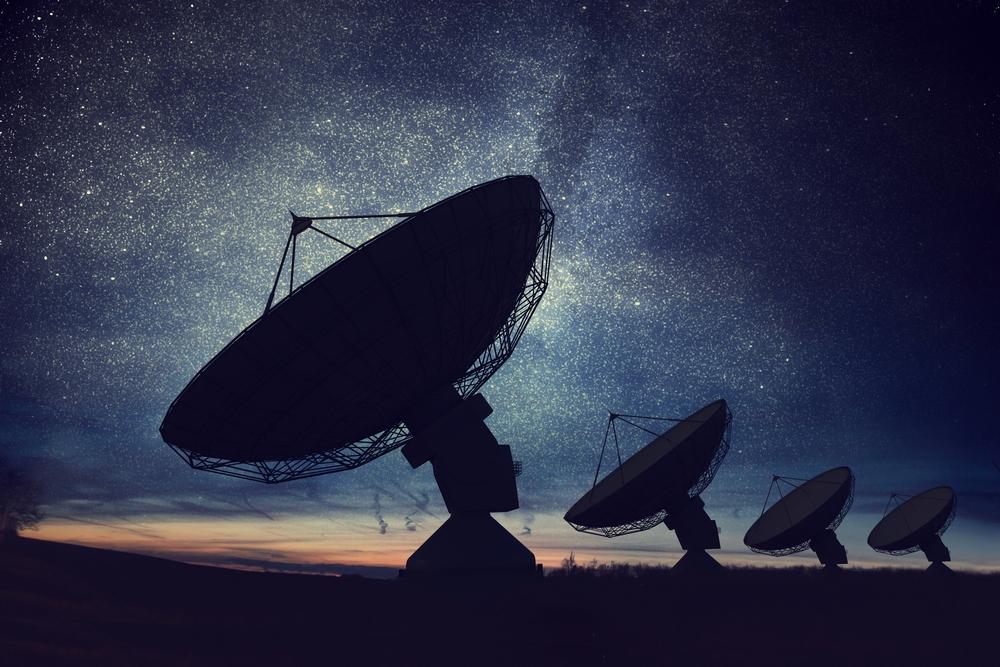
Mauna Kea Observatories and Light Pollution
Mauna Kea is one of the most important locations in the astronomy world. Located on the main island of Hawaii, Mauna Kea is a million-year-old dormant volcano. With its peak reaching 13,803 feet above sea level, Mauna Kea is the world’s tallest volcano, making it the perfect spot to host some of the greatest telescope and astronomical observatories ever created.
One might wonder what the Mauna Kea observatories have to do with an LED lighting solutions company like CWES. Because the big island of Hawaii is such an essential location for astronomy research, responsible and dark sky compliant lighting must be implemented. Without smart lighting, the effectiveness of these observatories will dwindle.
Thanks to the efforts of CWES, however, Mauna Kea can continue making extraterrestrial discoveries--without the interference of artificial lighting. This effort to use smarter lighting should not only be maintained on the island, but replicated globally to restore the natural night sky and protect our observatories. Here’s everything to know about the Mauna Kea observatories and StarFriendly lighting.
Mauna Kea
As previously mentioned, Mauna Kea is a dormant volcano. Having last erupted between 4,000 and 6,000 years ago, there is little to no fear of spontaneous activity. Today, Mauna Kea hosts 12 separate functional, nonprofit observatories. Each telescope features individual focuses, with unique strengths, fields of view, and sensitivities to light.
What makes the observatories so important to astronomy research? According to the Maunakea Observatories’ website, “Maunakea’s superb natural environment is ideal for astronomy. The height of the mountain, lack of light pollution, dry atmosphere, and minimal air disturbances make Maunakea the foremost place in the world for astronomy research”.
Unfortunately, there is still a multitude of lighting sources threatening the observatories. Nearby communities on the island have excellent outdoor lighting as a result of local lighting ordinances and LED lighting technology. However, the summit is still exposed to light sources like automobile lights, moonlight, volcanic activity, laser light, extraterrestrial light pollution (i.e. satellites), and planetary light. While only some of these are addressable, mankind can realistically work towards reducing irresponsible city and automobile lighting.
CWES and StarFriendly Lighting
As a result of improperly lighting streets and cities, light pollution (defined as undesirable, wasteful, and/or harmful light at night) has increasingly impaired our view of the night sky. Using reliable technology to minimize glare, prevent skyglow, and maintain necessary lighting standards is the solution.
Besides the harsh lighting impacts of low-pressure sodium lights, the Mauna Kea communities were also facing critical power costs. Needing an alternative, they turned to the “new” LEDs. Unfortunately, most LEDs emit a large quantity of blue light--a section of the electromagnetic spectrum essential to accurate radiation readings.
Still in need of an alternative, the island opted for blue-light filtering LEDs, provided by C&W energy solutions. Today, CWES has over 12,000 roadway lights installed around the island and more than 5,000 other filtered LED outdoor lights in shopping centers, resorts, airports, harbors, and other locations. After 6 years of use, the astronomy community has determined that this solution does not interfere with their research. In addition, the roadway lighting and electrical budget were both reduced by about 60%.
Observatories all over the world are in desperate need of StarFriendly lighting. Using filtered blue light LED technology, observatories can continue scientific astronomical research. Contact us today if you need help with your outdoor lighting needs!